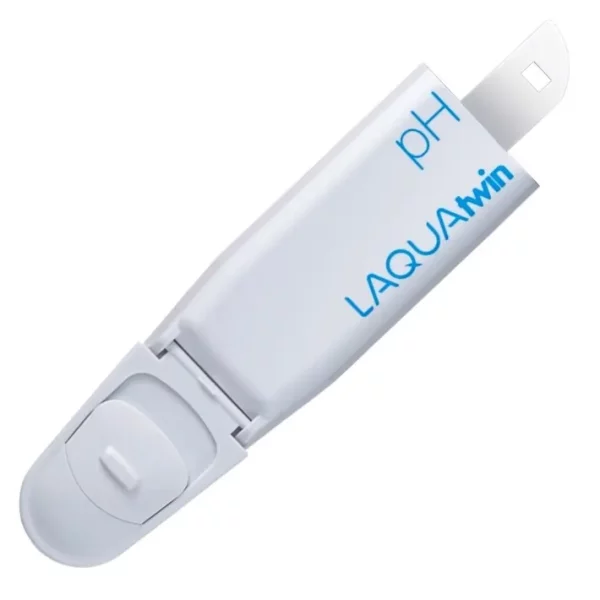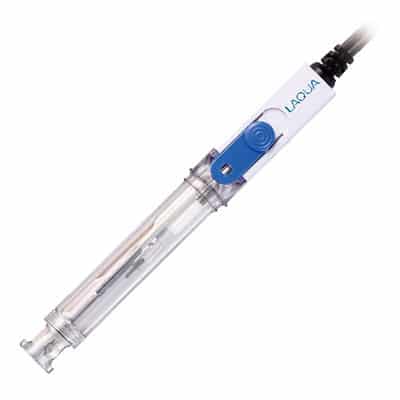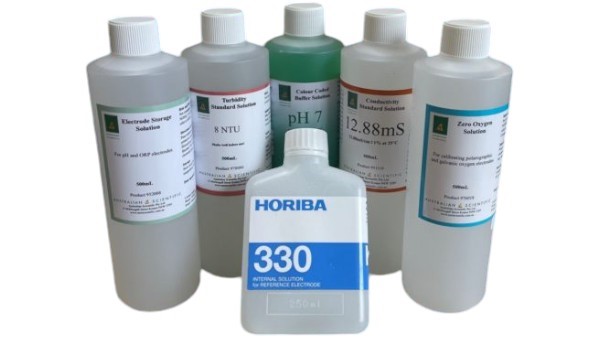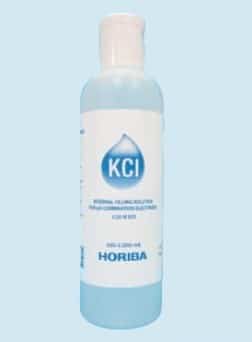pH Electrode Warning Signs
pH electrodes are the workhorses of water quality testing. Whether you’re monitoring raw water in the field, fine-tuning a treatment process, or teaching students in a lab, your readings are only as reliable as your electrode. But like all sensors, pH electrodes wear out over time — and when they do, they can provide misleading readings
Here are 5 clear signs that it’s time to replace your pH electrode:
1. Slow Response Time
Does your meter take longer than usual to stabilise? A healthy electrode should give you a stable reading within 30 to 60 seconds. If it’s taking minutes — or never really settles — that’s often a sign the glass membrane is aging, or the reference junction is clogged. Cleaning can help short term, but if the problem persists, replacement is your best bet.
2. Unstable Readings
If your pH readings fluctuate wildly even when testing a stable solution (like buffer 7.00), that’s a major red flag. It could be due to:
An unstable pH reading means unreliable data.
If you’re using a refillable pH electrode, proper maintenance can significantly extend its life.
Over time, the internal electrolyte solution (3.33 M KCl solution) can become depleted, or leak out — especially if the electrode is stored dry.
Empty the old electrode solution by using small plastic pipette or syringe. Refill with fresh electrolyte solution (3.33 M KCl solution) up to the filling hole.
3. Calibration Drift
Are you constantly recalibrating? Or finding that your meter won’t accept calibration even with fresh buffer solutions? That usually points to an electrode nearing the end of its life. If you’re recalibrating more than once a day under normal use, something’s not right.
Tip: After calibration, your meter should read close to 7.00 and 4.00 (or 10.00) with minimal error. If it doesn’t, swap the electrode.
4. Physical Damage
It sounds obvious, but it’s worth checking: inspect the electrode for cracks, scratches, or air bubbles in the internal solution. Even a tiny fracture can affect your results or create electrical interference.
Also check the cable and connector – especially if you’re working in rugged field conditions where drops or knocks are common.
5. Your Electrode Is Over a Year Old
Most pH electrodes are designed to last 6–18 months, depending on how often they’re used and how well they’re maintained. If yours is over a year old and showing any of the signs above, it’s time to replace!
Regular cleaning and storage in pH electrode storage solution will extend life — but nothing lasts forever.
Proactive Replacement = Reliable Readings
A dodgy electrode can give you false confidence in your data — which is especially risky for environmental monitoring, compliance reports, or laboratory QA. Don’t wait for it to fail during an important job. Keep a spare on hand, and replace when in doubt.
At Australian Scientific, we stock replacement electrodes for HORIBA meters, as well as storage and calibration solutions to keep your sensor in top shape.
Need Help Choosing the Right Replacement?
We’re always happy to help match the right electrode to your meter.
Contact us or call 1800 021 083


